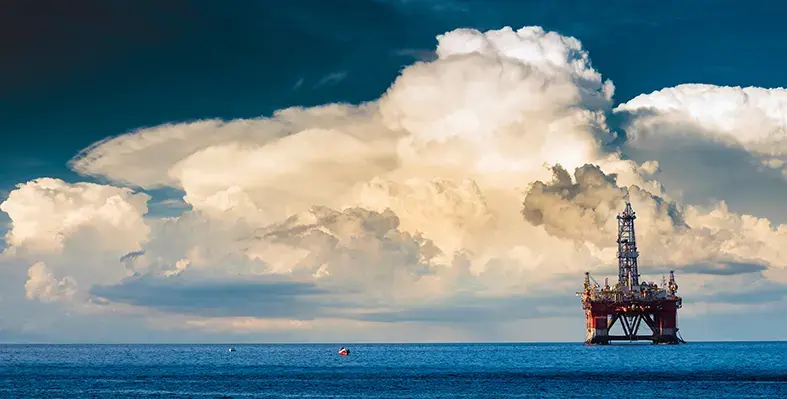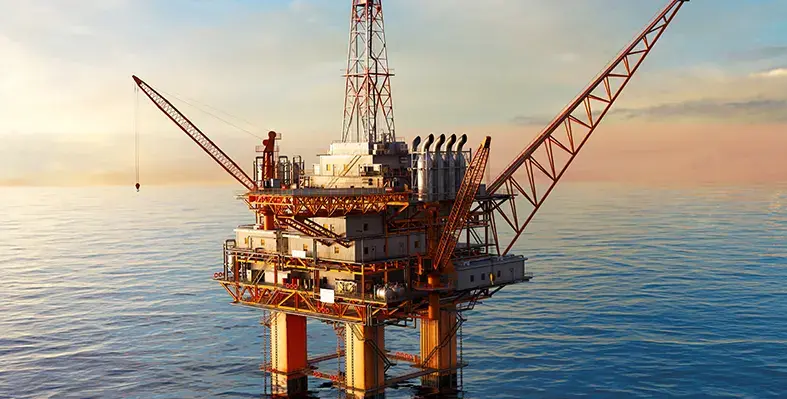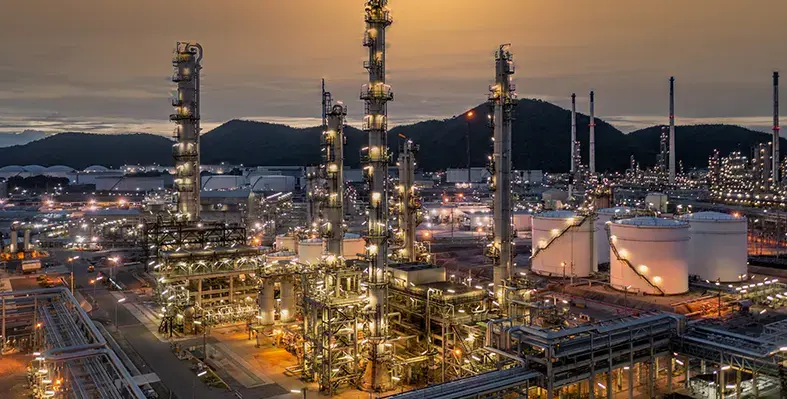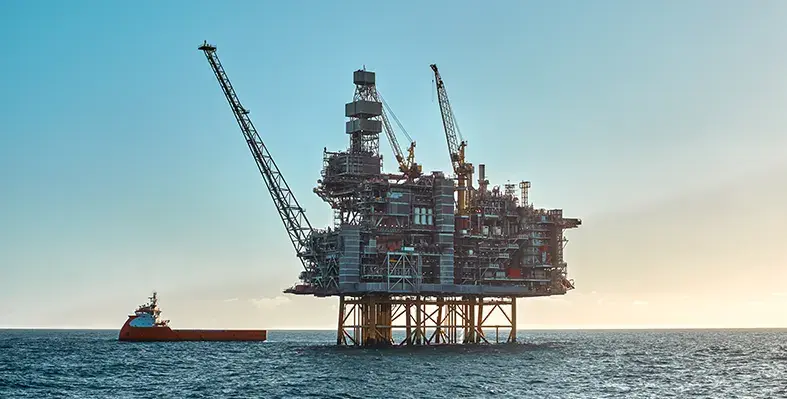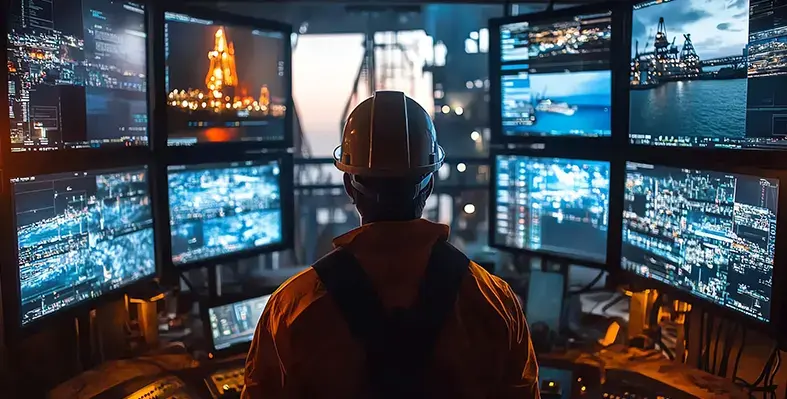
The new concession agreement comes with improved commercial terms. (Image source: Adobe Stock)
The Egyptian General Petroleum Corporation (EGPC) has approved the consolidation of eight of Capricorn's existing Egyptian concession agreements into a new, single integrated concession agreement
The company jointly holds a 50% participating interest with the concessions operator, Cheiron Oil and Gas Limited. The integrated concession agreement is subject to Egyptian Parliamentary ratification which is expected to take place in 2025.
The new concession agreement comes with improved commercial terms and a refreshed primary development term to support increased investment, for the benefit of all parties.
The Badr El Din (BED), Obaiyed, North Alam El Shawish, North Matruh, Sitra, BED 3, and BED 2 and BED 17 development concessions, along with the North Um Baraka exploration concession, will now be combined into a single integrated concession. It will have a 20-year scope through an initial 10-year term, plus two five-year extensions for the development areas.
The enhanced fiscal terms include profit share of 27-29%, a merged single cost pool, 40% cost recovery over four years, and excess cost recovery of 20%.
An improved gas price of US$4.25/mmbtu for incremental gas produced from existing fields and new discoveries agreed to promote increased gas production.
Four additional blocks will be incorporated into the BED 17 development area.
The direct award of two open exploration areas adjacent to existing acreage will be added to the integrated concession which will require the drilling of 11 gross exploration wells.
Randy Neely, chief executive, Capricorn Energy PLC said, “This agreement marks a key milestone in unlocking further value in our Egyptian Western Desert asset base. The three partners: EGPC, Cheiron and Capricorn have put in significant time and effort to construct a business case that allows all parties to benefit. With the improved terms and consolidation of the development leases, the joint venture partners will be able to justify increased investment to unlock significant contingent resources, leading to increased production and reserves for the benefit of all stakeholders. The development potential of these assets is fully capable of being funded by cashflows generated in Egypt.
With the successful outcome of this milestone in sight, we, along with our partners, will now begin the work to achieve a similar outcome for the Alam El Shawish West (AESW) joint venture.
We believe this agreement is a very important step in restoring Capricorn as a premier small-cap energy company. In addition to our achievements in Egypt, we continue to actively evaluate material opportunities in the UK North Sea. Combined, these initiatives will make Capricorn significantly more sustainable as a business and attractive as an energy investment.”



